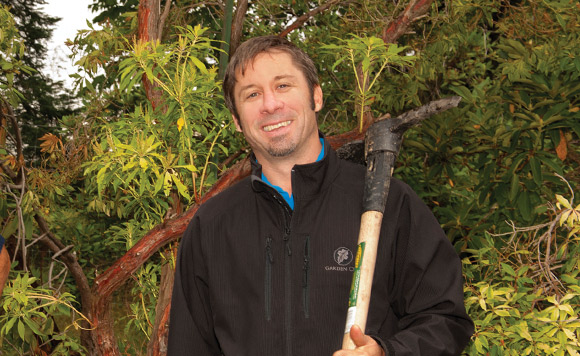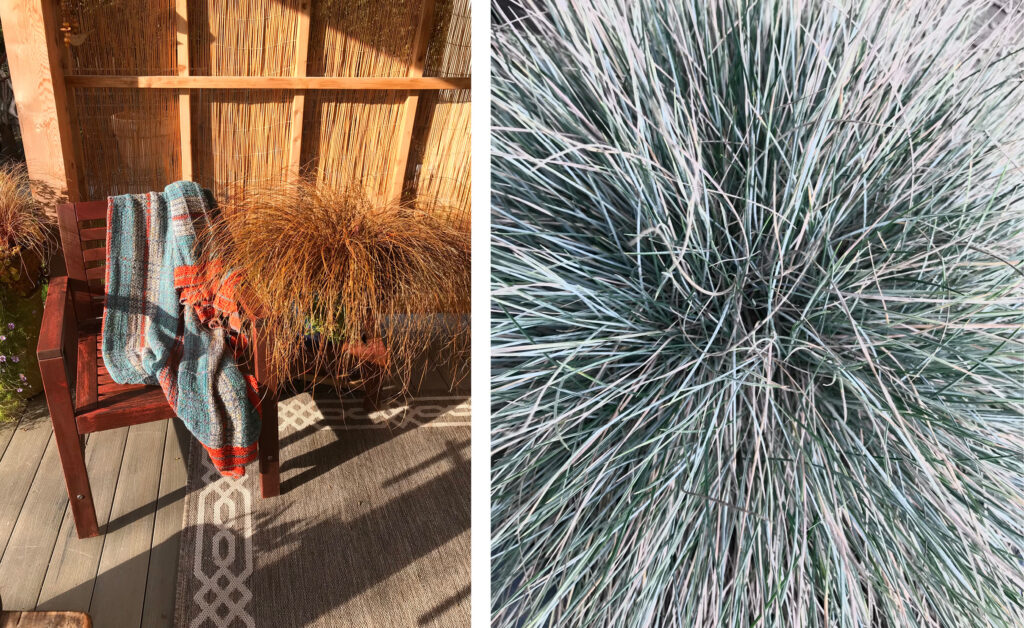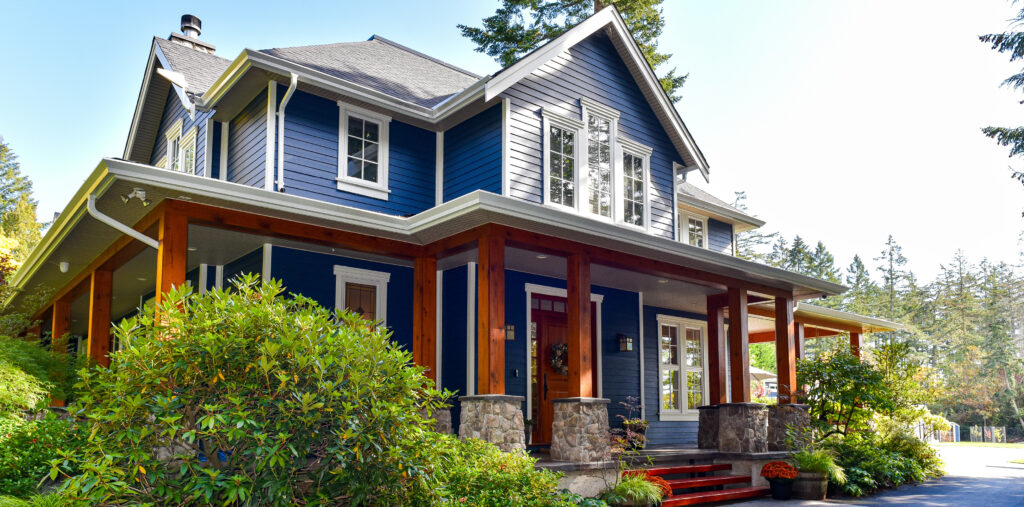by Colin Eaton, Garden City Tree & Landscape –
Irrigation technology, like most everything today, is advancing at an incredible pace. Here is an example of only a few changes that work to improve our clients’ experience:
Controllers. There are two types of controllers on the market: traditional controllers that have existed for years and newer “smart” controllers. Each provides a considerably different experience:
• Traditional controllers do what you tell them to do. You enter the day, the time of watering and the amount of watering. The controller takes it from there. The disadvantage of this controller is that it has to remain at a constant setting no matter the weather. So if it is hot, mild, windy or raining, watering is always the same.
• Smart controllers provide a whole new level of control. The software asks you questions that help it to better understand and manage an individual landscape. Information, including the type of soils, plant type, irrigation nozzles, slope of the property and your location, are entered into the software. You are then assigned to a local weather monitoring station. The smart controller works with the local monitoring station to determine things like hours of sun, relative humidity, wind and precipitation. That information is then used to provide more precise irrigation of your property. The client is able to easily access and control their irrigation from any internet access device anywhere, and your irrigation company can also remote in and review the system when and if needed; how about that for service?
Precision nozzles. The irrigation nozzle that exists in most modern day irrigation systems distributes the same precipitation as a hurricane each and every time you water your property. That’s a lot of water!
• New precision heads provide a single stream of water from the centre of a head that rotates back and forth over 200 times a second. What this does is distribute water droplets more evenly across a landscape, allowing the soil more time to absorb the water, meaning less runoff. The end result is less watering.
• Experience has shown that a retrofit of a home’s irrigation nozzles can result in a water savings of up to 30%!
• Retrofitting a system is cheaper than you think!
Back flow preventer. Every newly installed irrigation system must have a backflow preventer installed at the time of installation. This stops irrigation water from backing up into the main water supply. Before its introduction, everything on your lawn or flower bed went back into the main water supply, including traces of fertilizer, animal feces, pesticides etc.
For more information, visit www.victoriagardencity.ca.




